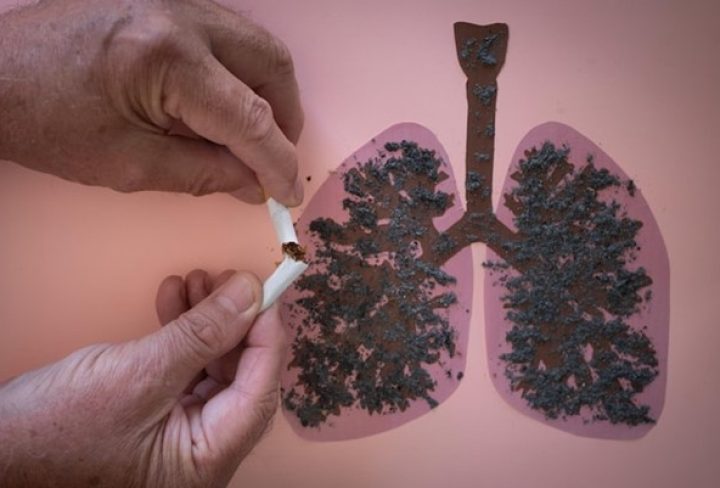Lung cancer is one of the leading causes of cancer-related deaths worldwide but understanding its risk factors can help individuals make informed health decisions and potentially reduce their chances of developing the disease. Though smoking is the most commonly known risk factor, there are several others worth considering.
1. Smoking: The Primary Risk Factor
Smoking cigarettes remains the number one cause of lung cancer, responsible for about 85% of cases. The toxins in cigarette smoke damage lung cells, increasing the likelihood of cancerous mutations. Both the duration and intensity of smoking affect cancer risk, meaning that long-term smokers and those who smoke heavily are at the highest risk. Second-hand smoke exposure also poses significant risks; even those who don’t smoke can have an increased chance of lung cancer if they’re frequently around others who do.
2. Radon Exposure
Radon, a radioactive gas naturally released from soil and rock, is the second leading cause of lung cancer. Radon levels can vary widely, depending on geographical factors and even the type of foundation in a home. Since it is colourless and odourless, radon can be present in indoor air without detection unless homes are specifically tested for it. High radon exposure over time increases lung cancer risk, particularly among non-smokers. Testing and mitigating high radon levels is a recommended preventive measure, especially in areas known for elevated radon presence.
3. Asbestos and Other Hazardous Chemicals
Asbestos, a material previously used in construction and various industries for its heat resistance, has long been linked to lung cancer. People exposed to asbestos at work, particularly in construction, shipbuilding, and manufacturing, have a higher risk of lung cancer and mesothelioma, a related cancer. Other workplace chemicals, like arsenic, cadmium, and diesel exhaust, have also been associated with lung cancer risk, especially with prolonged exposure. Protecting against these toxins by using safety equipment and following workplace guidelines is crucial for reducing risk.
4. Air Pollution
Air pollution, including fine particulate matter and industrial pollutants, contributes to lung cancer risk, especially in densely populated or highly industrialized areas. Long-term exposure to polluted air can damage lung tissue, leading to an increased likelihood of cancer. While individual efforts may be limited, avoiding prolonged exposure to heavy air pollution and advocating for cleaner air policies can help protect lung health.
5. Genetics and Family History
Genetic factors also play a role in lung cancer risk. Individuals with a family history of lung cancer, especially first-degree relatives, may inherit genetic mutations that increase susceptibility. This genetic risk can be further amplified by lifestyle factors, such as smoking. If there is a family history of lung cancer, regular screenings and lifestyle adjustments may help in early detection and prevention.
Conclusion
Lung cancer has multiple causes, with smoking, radon exposure, hazardous chemicals, air pollution, and genetics among the most prominent risk factors. Understanding these risks allows individuals to take preventive measures, whether by quitting smoking, testing for radon, or reducing exposure to harmful substances. By staying informed and proactive, individuals can significantly reduce their lung cancer risk and contribute to healthier, cancer-free lives.


